Boehm House #45
The Boehm House is typical of Staten Island farmhouses of the 18th and 19th centuries. It shows Dutch influence in the older (southern) portion of the house. It was originally located in Great Kills, on the west side of Arthur Kill Road near the intersection with Giffords Lane. Moved to Historic Richmond Town in 1965, it is now on the west side of Arthur Kill Road between Richmond Road and Center Street.
Based on its architectural fabric, the house is thought to have been constructed ca. 1750, but the original owner / occupant of the house is not known. The first recorded occupant was Cornelius Poillon, who mortgaged the property in 1814. Three other property owners are recorded between 1819 and 1855, when educator Henry Martin Boehm purchased the house.
Boehm (1819-1862) was a teacher and a Staten Island school commissioner. He and his wife Rizpah resided in the house and also used the house as a school. When Boehm died in 1862, the house was willed to his wife. The 1865 census shows Rizpah living in the house with family members and boarders from Cuba and Central America. Around 1870, Boehm's father, Henry Boehm, moved into the house with Rizpah. Henry Boehm was a noted Methodist minister who preached in Pennsylvania and New Jersey before coming to Staten Island around 1835, and he remained in the house until his death at the age of 100, in 1875.
Rizpah remained in the house until her passing in 1898, and the house became the property of their daughter, Mary Boehm Fuentes. Mary was also an educator. She specialized in teaching English to Spanish-speakers, and census records indicate that students and boarders from Spain, Cuba, and Puerto Rico also resided in the house at various times. Mary continued to teach until 1927, when she was 85 years old. She sold the house in 1933, and it passed through several owners before the City of New York purchased it in 1953 as part of the Brookfield Landfill.
After being moved to Historic Richmond Town in 1965, the house was placed on the foundation of the Dr. Thomas Frost House, which had been destroyed by fire in the 1880s. The Boehm House was restored in several stages in the 1960s and 1970s, and was designated an official New York City landmark in 1969. After the most recent renovation, in 1978-1979, the exhibition "Discovering the Boehm House" was installed to demonstrate 18th- and 19th-century house construction.
